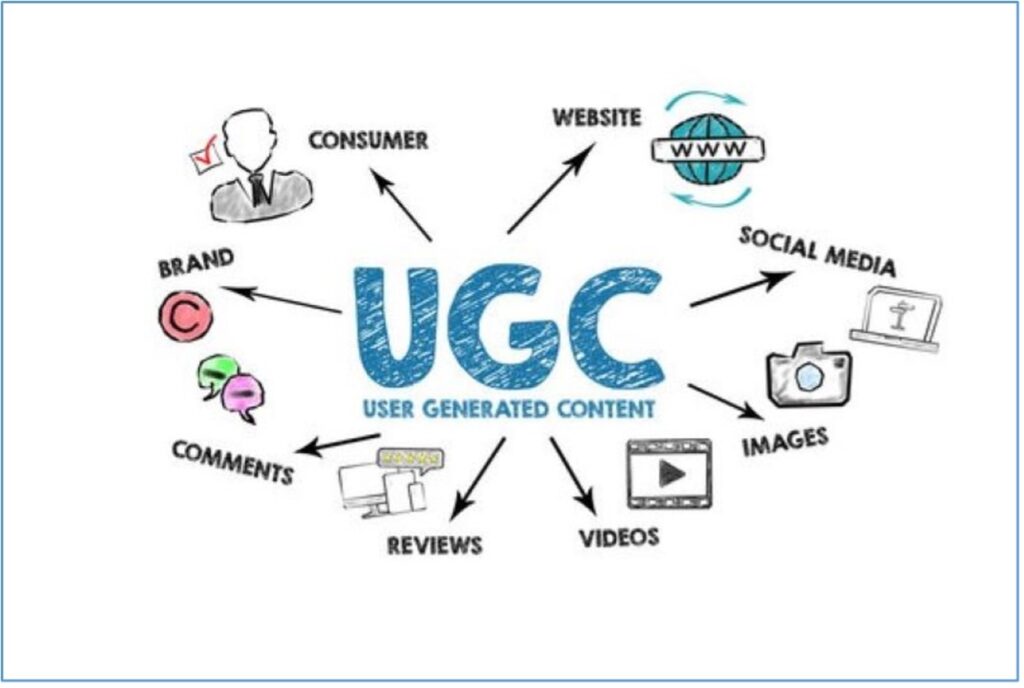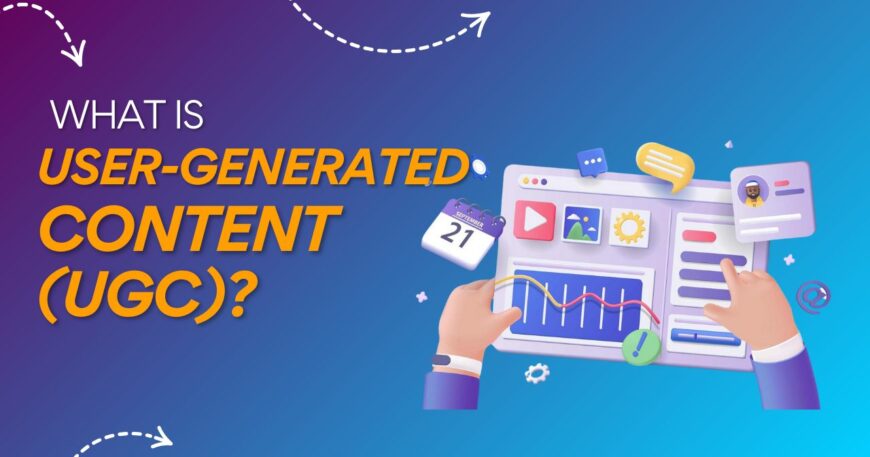Table of Contents
- Introduction
- What Is User-Generated Content (UGC)?
- Why UGC Matters in Marketing
- How Brands Can Use UGC Effectively
- Examples of Successful UGC Campaigns
- Future Trends in UGC (2025 and Beyond)
- Best Practices for UGC Campaigns
- Challenges of UGC
- Conclusion
Introduction
In today’s digital world, people trust other people more than they trust brands. Think about it—when you see a friend, influencer, or even a stranger sharing their real experience with a product, it feels authentic. That’s the magic of User-Generated Content, or UGC. It’s any content created by customers themselves, not the brand—photos, videos, reviews, testimonials, you name it.
UGC has become a powerhouse in marketing, helping brands build trust, boost engagement, and increase sales. From Instagram reels to TikTok challenges, UGC is changing the way brands connect with their audience. Let’s dive into why it works so well and how businesses can make the most of it.
What Is User-Generated Content (UGC)?
UGC is any content—text, images, videos, reviews, social media posts—created by real people about a product or service. Unlike polished ads from a brand, UGC comes from customers sharing their genuine experiences.
Examples of UGC:
- A customer posting an Instagram story about their new shoes.
- A YouTube unboxing video of a gadget.
- A TikTok testimonial about a skincare product.
- A photo from a customer featured on a brand’s website.
The best part? UGC feels real, relatable, and trustworthy—exactly what today’s consumers want.

Why UGC Matters in Marketing
UGC isn’t just a trend—it’s a must-have strategy. Studies show 92% of consumers trust UGC more than traditional ads. Here’s why:
Builds Trust and Credibility
People believe other people more than polished ads. A simple review or photo from a real user can influence purchases more than celebrity endorsements.Boosts Engagement
UGC encourages participation. When customers share their experiences, they feel involved, which leads to more likes, comments, and shares.Drives Conversions
Shoppers interacting with UGC are 29% more likely to buy. Seeing real people use a product makes it easier for potential buyers to imagine themselves using it too.Cost-Effective Marketing
Instead of spending thousands on professional content, brands can use what their customers create—saving money while keeping it authentic.Builds a Community
When customers see their content featured, they feel valued. This strengthens relationships and loyalty over time.
How Brands Can Use UGC Effectively
To make UGC work, brands need a clear strategy. Here are some practical ways:
Encourage Customers to Share
Ask customers to post photos or videos with branded hashtags. Starbucks’ #RedCupContest is a perfect example.Feature UGC on Social Media
Reshare customer posts on Instagram, TikTok, or Twitter to make people feel seen and increase engagement.Add UGC to Websites
Showcase reviews, customer photos, or videos on product pages to build trust and boost sales.Use UGC in Ads
Paid ads with real customer content often perform better than staged brand ads.Run Contests and Challenges
Offer rewards or recognition for the best content. TikTok challenges are great examples of this strategy.
Examples of Successful UGC Campaigns
Some brands have nailed UGC:
- Coca-Cola’s #ShareACoke – People shared photos with personalized bottles, creating one of the most successful UGC campaigns ever.
- GoPro – Their customers’ action-packed videos drive engagement and inspire others.
- Sephora’s Beauty Insider Community – Users post makeup tutorials, reviews, and looks that influence others.
- Starbucks – Seasonal hashtag campaigns encourage fans to share photos, generating buzz with minimal ad spend.
Future Trends in UGC (2025 and Beyond)
UGC is evolving fast. Here’s what to watch:
Video-First UGC – Short videos on TikTok, Reels, and YouTube Shorts dominate. Bite-sized authenticity wins.

AI + UGC Collaboration – AI helps brands collect, organize, and repurpose UGC efficiently.

Micro-Influencer UGC – Smaller influencers with engaged audiences create more authentic content.

Shoppable UGC – Customers can buy directly from photos and videos, making shopping seamless.

UGC for B2B – Even B2B brands are using testimonials, case studies, and LinkedIn posts as UGC to build credibility.

Best Practices for UGC Campaigns
To make the most of UGC:
- Get Permission – Always ask before reposting content.
- Create Branded Hashtags – Make it easy for users to share and for you to track.
- Reward Participation – Offer discounts, prizes, or recognition.
- Mix with Brand Content – Balance user content with professional material.
- Measure Success – Track engagement, conversions, and reach to see what works.
Challenges of UGC
UGC is powerful, but it has some hurdles:
- Content Quality – Not all user content will be perfect.
- Brand Safety – Some posts may not match your values.
- Copyright Issues – Make sure you have rights to share content.
- Moderation – Filtering thousands of posts can take time.
Setting clear guidelines and using moderation tools helps overcome these challenges.
Conclusion
UGC is more than a marketing trend—it’s the future of storytelling. In a world where authenticity matters more than perfection, UGC helps brands build trust, increase engagement, and boost sales. Whether it’s an Instagram post, TikTok challenge, or heartfelt customer review, UGC can transform marketing strategies in 2025 and beyond.
Brands that embrace UGC save money, build strong communities, and create long-term loyalty. The message is simple: if you want your brand to grow, let your customers tell your story.




